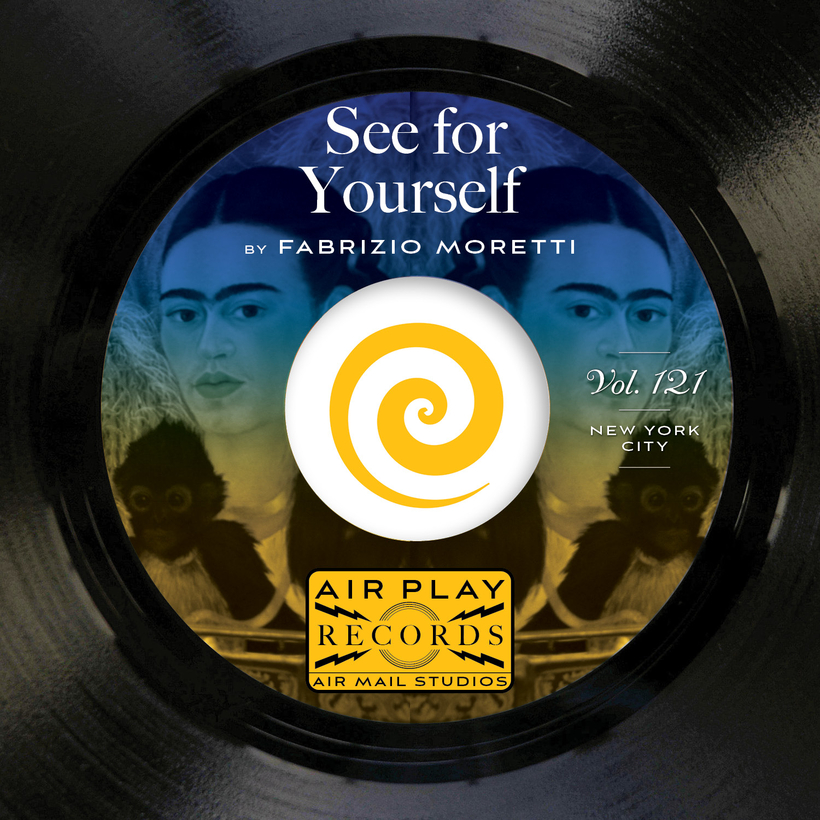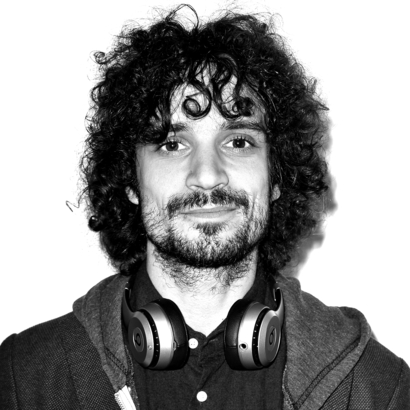In his seminal television series, Ways of Seeing, John Berger describes that, “as we inhabit the world, we constantly perceive it, only later naming the things we see, making language insufficient for conveying the way we see the world. One way that people can re-create their way of perceiving … is through images.”
He makes clear that the role of the artist is to communicate the ephemeral, the verbally and sometimes logically inexpressible part of the soul that yearns for recognition. This compulsion to speak, even if only to himself, is at the center of any artist’s mission. And yet, what Berger suggests is that, through art, we try not only to convey the world but also to understand it more completely. The reception of any concept is paramount to the effectiveness of its description. The viewer, therefore, becomes an intrinsic part of the art, standing at the finish line, waiting to reflect and absorb its meaning.
This relationship, though rarely celebrated, is made evident in Marguerite Helmers’s book The Elements of Visual Analysis, when she describes the three elements of art as the spectator, the viewing space, and the object viewed—omitting the artist altogether.
Frida Kahlo’s Fulang-Chang and I (1837–1939) is a work that explores this relationship. Standing before a self-portrait of Kahlo holding her pet monkey, the audience is met with a framed mirror of slightly larger proportion set to the right of the painting. Compelled to look back and forth, viewers are urged to consider similarities and differences between themselves and the artist, in what is perhaps in an attempt by the famed socialist to place viewers shoulder to shoulder with the work’s creator.
In the spirit of Kahlo’s piece, my latest installation, Kube, tries to blur the lines between Helmers’s three elements. It is a viewing port one must enter in order to see the artwork exhibited. In so doing, the spectator’s image is swept up alongside the art by mirrored walls that engulf a seemingly endless virtual space with patterns repeated, the viewer and the art on equal footing, ad infinitum.
Fabrizio Moretti is the drummer for the Strokes and a sculptor. His latest installation, Kube, is open now at Sotheby’s Beverly Hills


